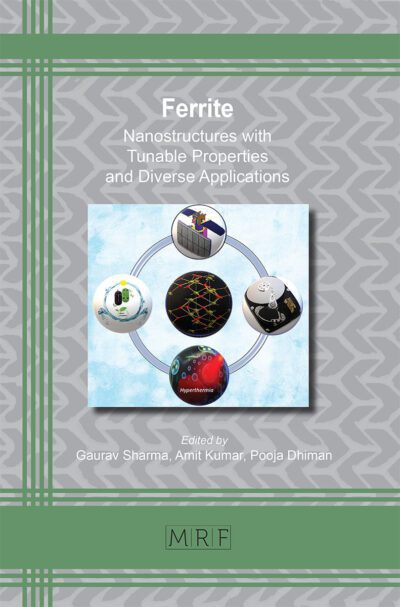–
The plane strain compression test, an alternative to large strain hardening characterization
NEAG Adriana, BALAN Tudor
download PDFAbstract. Large strain characterization of sheet metals has become increasingly important with the generalization of advanced high strength steels, for which the tensile test provides data over a very reduced strain range. Among the numerous alternative characterization tests, the plane strain compression test (PSCT) requires a small amount of material and classical testing machine and acquisition. PSCT was mainly used for hot forming characterization, but recently it has been proved sufficiently accurate for application in cold metal forming. The aim of this work is to provide an in-depth validation of the PSCT by means of the finite element method. When converting the PSCT force-displacement curve into a stress-strain curve (flow curve), several analytical corrections are applied. The FE simulation of the test was used in order to validate these correction terms and their hypotheses. The originality of the approach is the design of a sequence of test configurations which allow for the individual validation of each and every one of the correction terms concerning the effect of: yield surface; friction; variation of sample width; variation of contact zone length; edge effects. The FE simulations showed that the analytical exploitation of the PSCT provides a very good accuracy. They help identifying the most suitable correction to consider the effects of yield surface shape, friction, edge effects. The traditional correction of the sample width as well as the more recent correction of the effective tool width were validated. The results show that the PSCT provides accurate flow curves and designate the best analytical expressions to be used.
Keywords
Plane Strain Compression, Characterization, Large Strain
Published online 4/24/2024, 5 pages
Copyright © 2024 by the author(s)
Published under license by Materials Research Forum LLC., Millersville PA, USA
Citation: NEAG Adriana, BALAN Tudor, The plane strain compression test, an alternative to large strain hardening characterization, Materials Research Proceedings, Vol. 41, pp 1166-1170, 2024
DOI: https://doi.org/10.21741/9781644903131-129
The article was published as article 129 of the book Material Forming
![]() Content from this work may be used under the terms of the Creative Commons Attribution 3.0 license. Any further distribution of this work must maintain attribution to the author(s) and the title of the work, journal citation and DOI.
Content from this work may be used under the terms of the Creative Commons Attribution 3.0 license. Any further distribution of this work must maintain attribution to the author(s) and the title of the work, journal citation and DOI.
References
[1] Becker N, Pöhlandt K, Improvement of the plane-strain compression test for determining flow curves. Ann CIRP 38 (1989) 227–230. https://doi.org/10.1016/S0007-8506(07)62691-2
[2] Chermette C, Unruh K, Peshekhodov I, Chottin J, Balan T, A new analytical method for determination of the flow curve for high-strength sheet steels using the PSCT, Int J Material Forming 13 (2020) 269-292. https://doi.org/10.1007/s12289-019-01485-4
[3] Gelin JC, Ghouati O, Shahani R (1994) Modelling the plane strain compression test to obtain constitutive equations of aluminium alloys. Int J Mech Sci 36(9):773–796. https://doi.org/10.1016/0020-7403(94)90009-4
[4] Aksenov S, Kliber J, Puzino Y, Bober S, Processing of PSCT results for investigation of AISI-304 stainless steel constitutive behavior. J Chem Techn Metallurgy 50 (2015) 644–650














